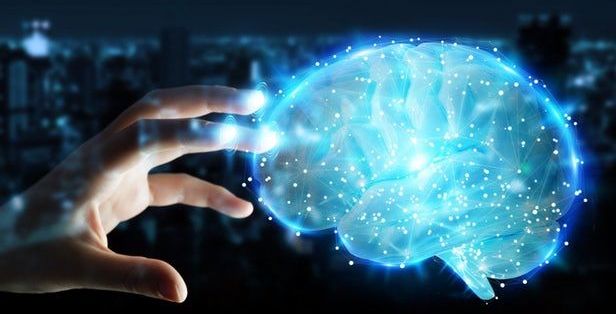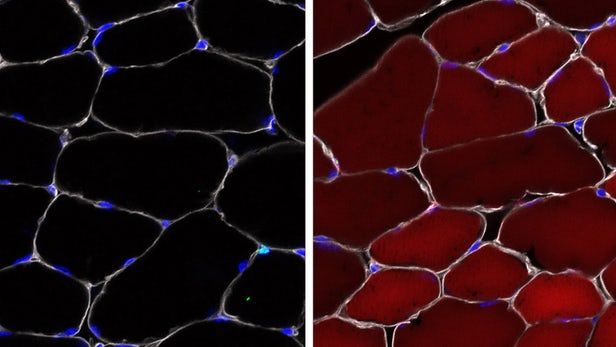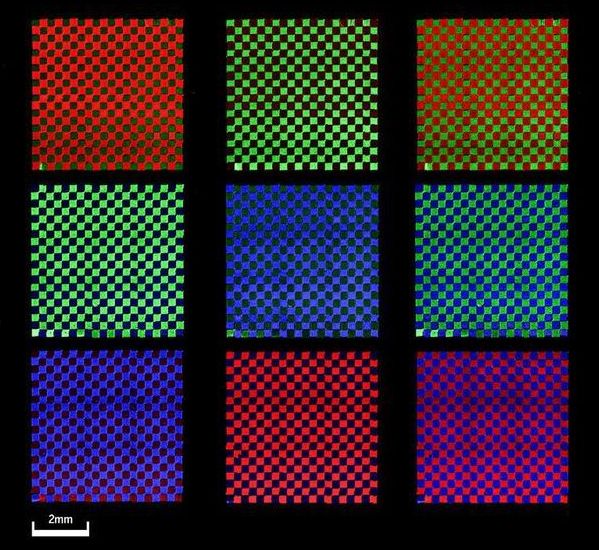Page 8740
Jun 5, 2019
Harvard breakthrough shows stem cells can be genetically edited in the body
Posted by Genevieve Klien in categories: biotech/medical, genetics
We owe our long lives to stem cells, which are nestled deep inside certain tissues in the body and constantly replace old cells. In recent years scientists have been able to correct genetic diseases by removing these stem cells, editing their genomes and then implanting them back into the patient, but that adds complications. Now, new research led by Harvard scientists has successfully edited the genes of stem cells while still in the body.
Jun 5, 2019
The Privacy Project
Posted by Derick Lee in categories: biotech/medical, business, internet
Companies and governments are gaining new powers to follow people across the internet and around the world, and even to peer into their genomes. The benefits of such advances have been apparent for years; the costs — in anonymity, even autonomy — are now becoming clearer. The boundaries of privacy are in dispute, and its future is in doubt. Citizens, politicians and business leaders are asking if societies are making the wisest tradeoffs. The Times is embarking on this monthslong project to explore the technology and where it’s taking us, and to convene debate about how it can best help realize human potential.
The New York Times is launching an ongoing examination of privacy. We’ll dig into the ideas, history and future of how our information navigates the digital ecosystem and what’s at stake.
Jun 4, 2019
LEDs created from wonder material could revolutionize lighting and displays
Posted by Genevieve Klien in categories: 3D printing, computing, solar power, sustainability
In solar cells, the cheap, easy to make materials called perovskites are adept at turning photons into electricity. Now, perovskites are turning the tables, converting electrons into light with an efficiency on par with that of the commercial organic light-emitting diodes (LEDs) found in cellphones and flat screen TVs. And in a glimpse of how they might one day be harnessed, researchers reported last week in Science Advances that they’ve used a 3D printer to pattern perovskites for use in full-color displays.
“It’s a fantastic result, and quite inspirational,” says Richard Friend, a physicist at the University of Cambridge in the United Kingdom whose team created the first perovskite LED in 2014. The result raises hopes that the computer screens and giant displays of the future will consist of these cheap crystalline substances, made from common ingredients. Friend cautions, however, that the new perovskite displays aren’t yet commercially viable.
The materials in current semiconductor LEDs, including the organic versions, require processing at high temperatures in vacuum chambers to ensure the resulting semiconductors are pristine. By contrast, perovskites can be prepared simply by mixing their chemical components in solution at room temperature. Only a brief heat treatment is needed to crystallize them. And even though the perovskite crystals end up with imperfections, these defects typically don’t destroy the materials’ ability to emit light.
Continue reading “LEDs created from wonder material could revolutionize lighting and displays” »
Jun 4, 2019
Hi-tech gadget will be used to relieve severe headaches under raft of new NHS treatments
Posted by Genevieve Klien in category: biotech/medical
Severe headache sufferers will be given a gadget rather than pills to alleviate the pain, the head of NHS England announced on Wednesday.
Cluster headaches, which are often mistaken for migraines, are one of the most debilitating conditions known to medical science, with women often describing the pain as worse than childbirth.
Now sufferers will be offered a hand-held device that delivers mild electrical stimulation to the vagus nerve to block the pain signals that cause the headaches.
Jun 4, 2019
White meat is just as bad for you as red beef when it comes to your cholesterol level, study says
Posted by Paul Battista in categories: biotech/medical, food
The red meat or white meat debate is a draw: Eating white meat, such as poultry, will have an identical effect on your cholesterol level as eating red beef, new research indicates.
The long-held belief that eating white meat is less harmful for your heart may still hold true, because there may be other effects from eating red meat that contribute to cardiovascular disease, said the University of California, San Francisco researchers. This needs to be explored in more detail, they added.
Non-meat proteins such as vegetables, dairy, and legumes, including beans, show the best cholesterol benefit, according to the new study published Tuesday in the American Journal of Clinical Nutrition.
Jun 4, 2019
Promise in the Gloom? How Bleak Future Scenarios for Employment Might Save the Environment
Posted by Alexandra Whittington in categories: environmental, robotics/AI

How might future changes in the structure of business and the nature of work impact the environment?
While governments around the world are wrestling with the potential for massive on-rushing technological disruption of work and the jobs market, few are extending the telescope to explore what the knock-on impacts might be for the planet. Here we explore some dimensions of the issue.
Although replacing humans with robots has a dystopian flavor, what, if any positives are there from successive waves of artificial intelligence (AI) and other exponentially developing technologies displacing jobs ranging from banker to construction worker? Clearly, the number of people working and the implications for commuting, conduct of their role and their resulting income-related domestic lifestyle all have a direct bearing on their consumption of resources and emissions footprint. However, while everyone wants to know the impact of smart automation, the reality is that we are all clueless as to the outcome over the next twenty years, as this fourth industrial revolution has only just started.
There is a dramatic variation in views on the extent to which automation technologies such as AI, robotics and 3D / 4D printing will replace humans or enable wholly new roles. For example, A 2016 McKinsey automation study reported that, with current technologies, about a third of most job activities are technologically automatable, affecting 49% of the world economy, an estimated 1.1 billion employees and $12.7 trillion in wages. China, India, Japan, and USA account for more than half of these totals. The report concluded it would be more than two decades before automation reaches 50% of current activities.
Jun 4, 2019
Bill Andrews — Gene Editing, Stem Cells, NAD, Parabiosis, Senolytics
Posted by Montie Adkins in categories: bioengineering, biotech/medical, neuroscience

https://www.youtube.com/watch?v=y-5o980D9QM&feature=share
I didn’t know Bill Andrews created the treatments Liz Parrish took. Also, he has an Alzheimer’s human test next month.
Jun 4, 2019
Marijuana CEO: ‘Many of us are cannabinoid deficient’
Posted by Quinn Sena in categories: biotech/medical, health
The growing interest in cannabis and cannabis-derived products has sparked uncertainty and concern over the industry’s lack of regulations. On Thursday, the FDA held a hearing that looked deeper into the science and safety concerns that surround marijuana and CBD.
Medical Marijuana Inc (MJNA) CEO Stuart Titus is optimistic about the effects that cannabis-derived products have on humans.
“We have a very large self-regulatory system in our human bodies called the internal or the endogenous cannabinoid system,” Titus told YFi AM (video above). “And basically since cannabis has been removed from our diets for the past 80-plus years, many of us are cannabinoid deficient, and thus we start taking a nice supplementary-size serving of CBD. Many people are moving to a much higher level of overall health and wellness.”
Continue reading “Marijuana CEO: ‘Many of us are cannabinoid deficient’” »
















